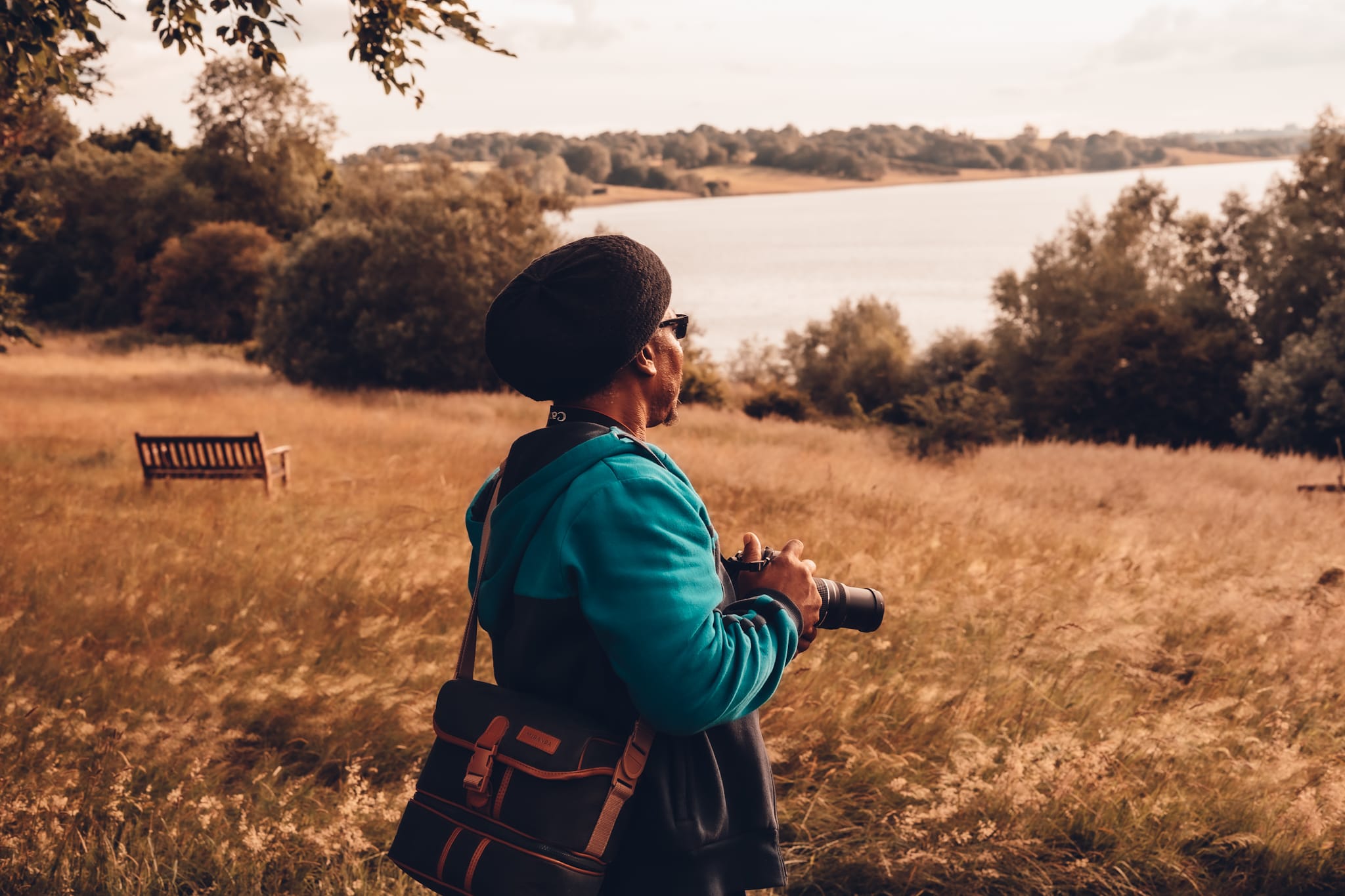

There are a lot of ways that you can enhance the saturation in the image, without actually touching the saturation slider. By Chris Burkard Save Saturation for Last Other edits will affect the image's color, so save saturation for last. Just like the more traditional dodging and burning tools allow for small tweaks, the brush and gradient tools are a must for applying effects to only a portion of the image. Perhaps there's a rock or section of the water that's too bright or too shadowy-the brush tool is how you correct that. The gradient tool can be used for a lot more than just the sky though, identify any parts of the image that are too light, too dark or just aren't working the way the rest of the photo is and try applying a gradient tool to just that area.įor areas that are smaller or an odd shape, use the mask tool for smaller changes. Use the gradient to enhance the sky by adjusting the exposure and using the temperature to bring out more color. The Lightroom gradient tool is one way to make subtle changes with a big impact, especially for scenarios that couldn't be shot with a graduated neutral density filter in the first place.

Great landscape editing isn't made of sweeping, dramatic changes, but rather making small subtle changes that really add a big impact to the photo. By Chris Burkard Perfect with Gradient and Paint Tools In landscape photography, it's all about the little details. With fewer files in that sidebar, it's much easier to stay focused on current images. All your non-destructive edits will still be saved in that new DNG file, so you can go back and change the image easily. Once you do that, you can delete the image from Lightroom. Once you are finished with an edit, save the file as a DNG, or digital negative, with a JPEG overlay. Lightroom can be an organizational tool, but since that's not where it really shines, keeping the program just for edits will help minimize distractions and cut out the time spent searching for one particular image. Keep Lightroom Just for Editing, Not Organizing Here are seven ways to improve your Lightroom workflow and still get that stunning end result. Lightroom is a great tool for landscape photographers, but there's a few tricks to actually using the program to cut back on the time spent at the computer so you can spend more time behind the camera. But, editing can quickly turn into a long and tedious process, instead of a nice break from that long hike you endured to capture the shot in the first place. Post processing allows photographers to put their final spin on an image, creating a landscape that's just as breathtaking as the original scene.


 0 kommentar(er)
0 kommentar(er)
